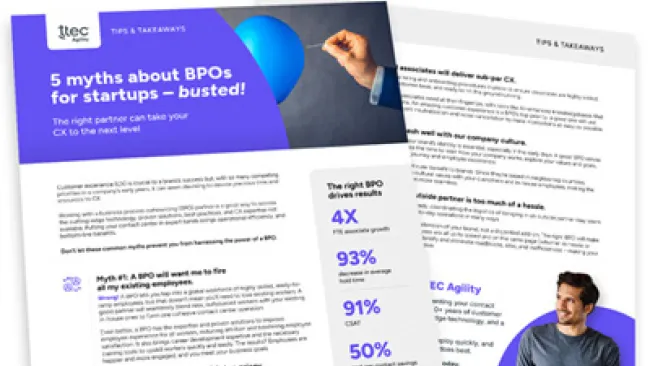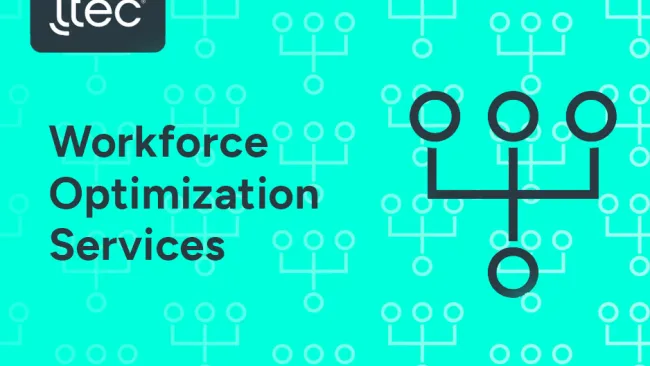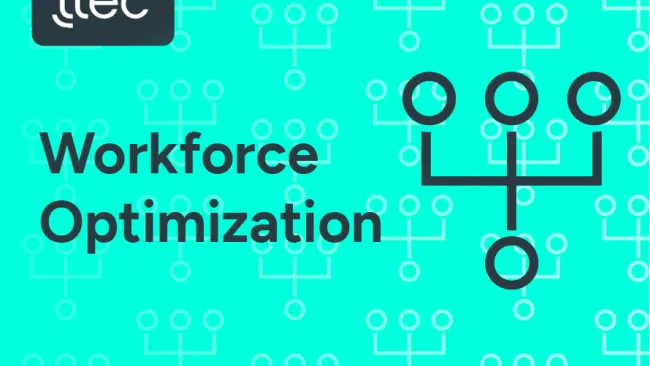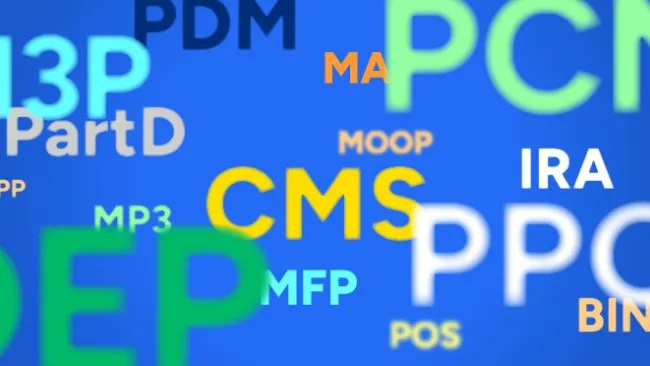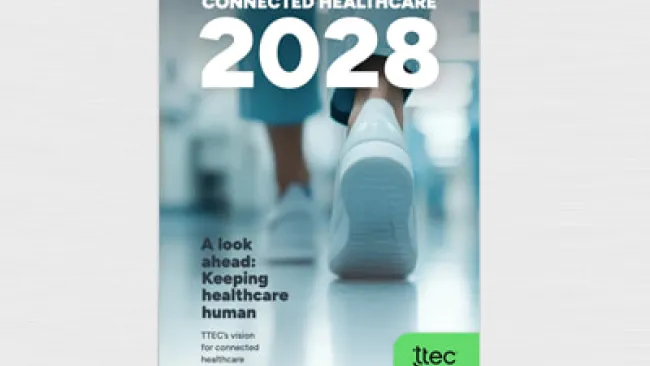Prescribing digital transformation solutions
TTEC guided a major cancer research and treatment organization in developing a plan for cost-effectively streamlining communications and improving the patient experience
Prescribing digital transformation solutions
TTEC guided a major cancer research and treatment organization in developing a plan for cost-effectively streamlining communications and improving the patient experience
potential savings
identified
for digital transformation
mapped and prioritized
The challenge
A leading U.S. cancer treatment provider of hospital critical care and community clinics in Southern California was contemplating a digital transformation, creating an integrated ecosystem for patients, providers and employees to access treatment paths and services when they want and how they want to, removing any stress to their care programs.
The organization was using a set of loosely stitched-together systems such as pagers, telephony and scheduling applications, with little back up or disaster/recovery capability in 22 locations. The systems environment was inefficient, costly, and didn’t effectively support the business. Multiple system failures resulted in phone systems being unavailable for extended periods. The communications stack was focused on the Avaya voice channel with little standardization and each line of business had their own unique point solutions. Disparate and sometimes redundant systems were in place for CRM, overhead paging, conference call technology and scheduling.
The organization reached out to TTEC to help document the existing infrastructure, define business needs, and develop a roadmap for achieving its vision of a unified communications system. The new insight would then be used to create an RFP for potential telephony vendors.
Our solution
TTEC followed its “Discovery Approach” methodology to understand the current state. This included deep dives into the Avaya configuration details, conducting interviews and workshops, as well as shadowing contact center associates to define the current working issues and required future capabilities. The outputs were developed into a 100+ page comprehensive document that described the current state architecture in precise detail, mapped business functions to a roadmap of replacement and enhancement of systems, and set a practical budget. Over 450 individual requirements were mapped and prioritized to build a compliancy matrix for development of the RFP. The 3-year roadmap detailed the technical challenges of the planned enterprise-wide digital transformation program.
Additionally, TTEC identified three short-term initiatives that represented potential savings of $1.6 million, which could help fund the Unified Communications initiative:
- Routing and analysis of telephony — Unnecessary complexity in the Avaya environment was driving substantial maintenance and support costs. TTEC proposed standardization of several elements of the infrastructure to ease maintenance until migration to new systems could be completed.
- Patient interaction at contact centers — High labor costs resulting from non-integrated manual processes were reduced using a CTI connector to integrate the telephony and Salesforce CRM systems.
- Governance of mobility and productivity applications such as CRM — Savings were achieved by killing several projects that would be ‘thrown away’ when new systems were installed.
The results
The comprehensive roadmap delivered by TTEC, which clearly aligned patient, provider and staff experience with enabling technologies, enabled the client to construct a more coherent and compelling RFP to present to the market for solutions providers to submit proposals. Responders received a much clearer understanding of the current state to be replaced and the desired functionality to be implemented.
The project team gained significant credibility by being able to describe requirements that married business capabilities to technology solutions, which added momentum to the project and set them on the road to success. By examining the current state documentation and budget information, the client was able to identify potential savings in the existing system support contracts.
TTEC added significant value to its deliverables through a deep understanding of unique healthcare needs and the technology supporting those needs. The non-prescriptive approach adopted by TTEC, which identified the desired capabilities without specifying particular solutions, allowed the client to state their needs more clearly and target spend on areas most likely to deliver significant benefits.
Although TTEC was not included in the original group of organizations invited to submit proposals, the credibility gained during the preparation of the roadmap led to them being added to the technology bidder list — a ringing endorsement of the skills and knowledge that TTEC brought to the project.
for healthcare organizations






